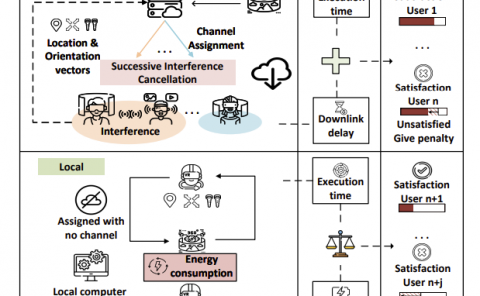SkeletonNet: A Topology-Preserving Solution for Learning Mesh Reconstruction of Object Surfaces from RGB Images
PubDate: Aug 2020
Teams: South China University of Technology, The Chinese University of Hong Kong, Microsoft Research Asia
Writers: Jiapeng Tang, Xiaoguang Han, Mingkui Tan, Xin Tong, Kui Jia

Abstract
This paper focuses on the challenging task of learning 3D object surface reconstructions from RGB images. Existingmethods achieve varying degrees of success by using different surface representations. However, they all have their own drawbacks,and cannot properly reconstruct the surface shapes of complex topologies, arguably due to a lack of constraints on the topologicalstructures in their learning frameworks. To this end, we propose to learn and use the topology-preserved, skeletal shape representationto assist the downstream task of object surface reconstruction from RGB images. Technically, we propose the novelSkeletonNetdesign that learns a volumetric representation of a skeleton via a bridged learning of a skeletal point set, where we use paralleldecoders each responsible for the learning of points on 1D skeletal curves and 2D skeletal sheets, as well as an efficient module ofglobally guided subvolume synthesis for a refined, high-resolution skeletal volume; we present a differentiablePoint2Voxellayer tomake SkeletonNet end-to-end and trainable. With the learned skeletal volumes, we propose two models, the Skeleton-Based GraphConvolutional Neural Network (SkeGCNN) and the Skeleton-Regularized Deep Implicit Surface Network (SkeDISN), which respectivelybuild upon and improve over the existing frameworks of explicit mesh deformation and implicit field learning for the downstream surfacereconstruction task. We conduct thorough experiments that verify the efficacy of our proposed SkeletonNet. SkeGCNN and SkeDISNoutperform existing methods as well, and they have their own merits when measured by different metrics. Additional results ingeneralized task settings further demonstrate the usefulness of our proposed methods.



